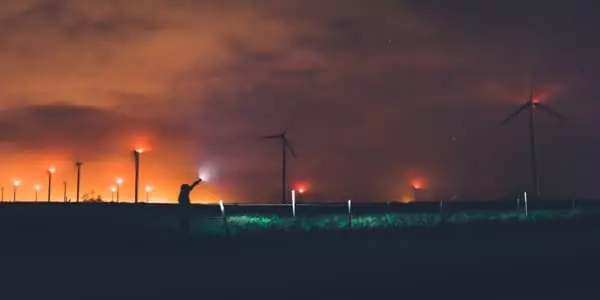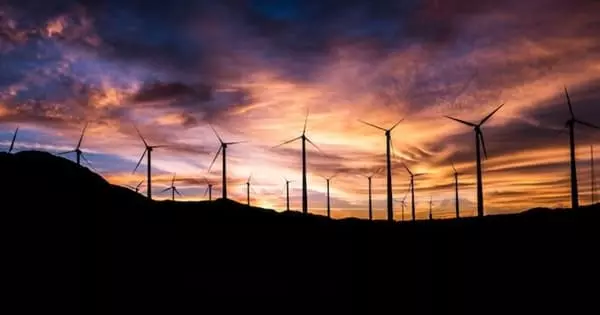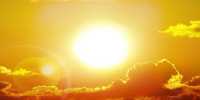Wind turbines typically generate some broadband noise when their revolving rotor blades encounter turbulence in the passing air. The sound of broadband noise is commonly described as “swishing” or “whooshing.” Tonal sounds can be produced by some wind turbines (usually older ones) (a “hum” or “whine” at a steady pitch). Wind turbine noise reduced rapid eye movement sleep duration and harmed self-reported sleep quality in a single night. Overall, the physiologic effects were minor, with wind turbine noise having no effect on the majority of measured outcomes.
Experts are using machine learning and other signal processing techniques to characterize annoying noise features from wind farms, as wind generation is one of the world’s fastest-growing renewable energy sectors. Two new publications from the ongoing Wind Farm Noise Study contribute to the improvement of wind turbine noise assessment methods, guidelines, and wind turbine design in order to make wind energy more acceptable to surrounding communities.
Two new publications from the ongoing Wind Farm Noise Study contribute to the improvement of wind turbine noise assessment methods, guidelines, and wind turbine design in order to make wind energy more acceptable to surrounding communities.
We discovered that the amount of amplitude modulation present during the day versus night varies significantly, occurring two to five times more frequently during the night compared to the day. The noise appears to worsen after sunset when amplitude modulation can be detected for up to 60% of the night at distances of around 1 km from a wind farm.
Dr. Kristy Hansen
According to the new research, the ‘swoosh’ sound emitted by wind turbines at night (technically known as ‘amplitude modulation’ (AM)) is up to five times more likely to be heard by nearby residents than during the day, depending on wind direction, season, and wind farm distance.
For the first time, a research team led by Flinders University Ph.D. candidate Duc Phuc (‘Phuc’) Nguyen and acoustic expert Dr. Kristy Hansen combined long-term monitoring of wind farm noise with machine learning and existing knowledge to quantify and characterize AM in wind turbine noise.

“We discovered that the amount of amplitude modulation present during the day versus night varies significantly, occurring two to five times more frequently during the night compared to the day,” Mr. Nguyen says. “The noise appears to worsen after sunset when amplitude modulation can be detected for up to 60% of the night at distances of around 1 km from a wind farm. At distances greater than 3 km, amplitude modulation occurs for up to 30% of the night.”
The Wind Farm Noise Study, based at Flinders University’s Adelaide Institute for Sleep Health, is looking into noise characteristics and sleep disturbances in homes near wind farms. The link between wind turbine noise and adverse human effects is still being debated.
According to Dr. Hansen, because wind turbine noise is directional, residents living in downwind and crosswind conditions are more likely to be disturbed by wind turbines. “We discovered that AM occurs most frequently during these wind directions,” she explains. “We were able to develop an AM detection method that has a predictive power close to the practical limit set by a human listener using recent advances in machine learning.”
“This includes the noise that increases and decreases as the blades rotate, or AM, which includes a ‘swoosh’ sound and adds to the negative effects of wind turbine noise. These studies improve our ability to measure and monitor wind turbine noise, which is likely to be more annoying than other types of noise at the same level.”
It does not matter for a single turbine. However, turbines are typically installed in clusters. According to Antonia Englberger of the German Aerospace Centre in Oberpfaffenhofen and her colleagues, if one turbine is behind another in such a group, it does matter. They created a computer model that simulates the flow of air over a turbine turning in either direction and calculates the effect on a second turbine downwind of the first. The team concludes that there is no difference by the end of the day. However, at night, the downwind device’s power output may be up to 23% higher if its upwind colleague is turning anticlockwise.














